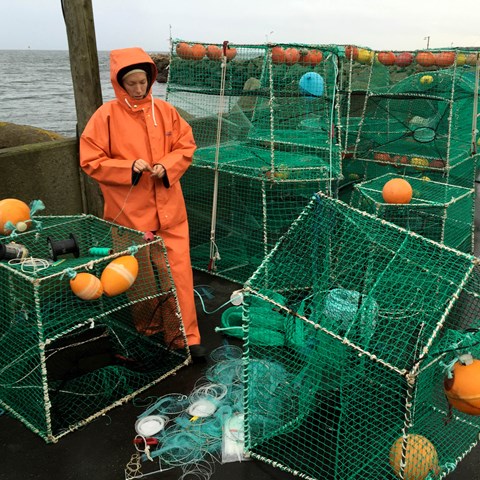Kontaktinformation
Örjan Östman, universitetslektor, studierektor - grundutbildning
Institutionen för akvatiska resurser, SLU
orjan.ostman@slu.se, 010-478 41 53

Vill du jobba med marinbiologi, marinekologi, sötvattensbiologi eller hållbar utveckling? Genom ditt ex-jobb hos oss gör du en insats för Östersjön, Västerhavet eller för våra sjöar och rinnande vatten. Som examensarbetare hos oss bidrar du till kunskapsförsörjningen om akvatiska ekosystem och hjälper till att lösa problemställningar i pågående forskningsprojekt med handledare som är Sveriges ledande experter inom området. Du får möjlighet att använda dina teoretiska kunskaper i praktiken och har chans delta i spännande fältjobb.
Våra examensarbeten grundar sig i ett hållbarhetsperspektiv och innefattar allt från akvatiska ekosystem, fisk, fiske och skaldjur till sälar och sjöfågel.
Du hittar förslag på examensarbeten på kandidatnivå (15 hp) här, och här hittar du förslag på projekt till en master (30/60 hp). Många av projekten kan utökas från kandidat till master efterhand.
Fler lediga examensarbeten för dig som är intresserad av fisk och akvatisk ekologi hittar du hos våra kollegor på institutionen för vilt, fisk och miljö.
Här kan du hitta information och bli inspirerad av tidigare självständiga arbeten vid SLU Aqua.
Örjan Östman, universitetslektor, studierektor - grundutbildning
Institutionen för akvatiska resurser, SLU
orjan.ostman@slu.se, 010-478 41 53